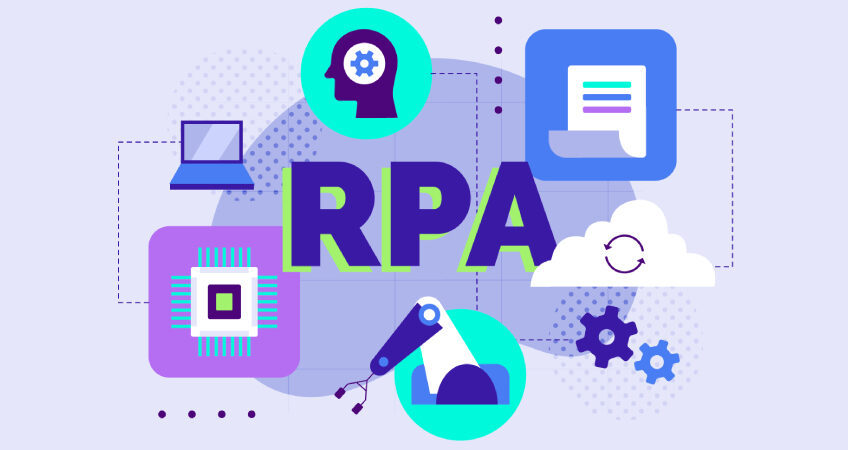The pandemic forced enterprises to rapidly adopt robotic process automation across many verticals. According to a recent report, the RPA market is set to grow at double-digit rates in the near future despite economic pressures from the pandemic. Let us look at what RPA has in store for businesses in the future. Here are the top robotic process automation trends for 2022.
Intelligent Automation
Intelligent automation combines robotic process automation with artificial intelligence and machine learning to automate end-to-end processes. Intelligent automation expands the possibilities of business process automation to cover all scenarios. Intelligent automation blends the rules-based automation capabilities of RPA with the sophistication of AI, together with the trial-and-error learning capabilities of Machine Learning and fundamental process redesign.
The Rise of Automation CoE
After automating the first few processes enterprises generally get an idea of how to build bots. However, to scale up, enterprises need to consistently deliver high-quality, new automation projects while maintaining the bots that are already in production. This is where the Centre of Excellence comes into play and provides research, quality assurance and leadership on how to automate business processes and tasks. There are 3 key areas of focus for CoE – Demand generation, Process Recognition, and delivery.
Demand Generation
The CoE should make Business and IT aware of RPA, its benefits and pre-requisites for its seamless implementation. The Initiative should generate enough interest to initiate process identification for RPA adoption.
Process Identification
The CoE can establish an approval process for automation opportunities that have been assessed based on the use case, potential ROI, potential benefits and complexity. This process results in the CoEin maintaining a healthy and prioritized automation pipeline which becomes the source of work for automation delivery teams.
Automation Delivery
RPA COE should deliver secure, highly governed automation to the entire organization. The COE should build a process for deployment and a support process to maintain the bot once deployed.
Integrate RPA with different technologies
RPA automates rule-based, manual, and repetitive tasks in the back office such as data manipulation or reporting. However, the rise of different customer-facing technologies enables RPA to lead end-to-end automation tasks. For example, an RPA bot can be integrated with a chatbot to extract valuable data from speech, text and automate relevant tasks without any human intervention.
Increased Adoption of RPA among SME Adopters
SMEs in the aftermath of the pandemic have realized the importance of process automation for their businesses to stay relevant. In a recent global survey, 73% of respondents said that their organizations have embarked on the path of intelligent automation. In the coming years, SMEs will continue to adopt RPA solutions aggressively to streamline their processes and reduce costs.
While starting the RPA journey is quite easy, the majority of enterprises struggle in scaling their RPA initiatives as there is no one-size-fits-all strategy for different operating models. Aligning your RPA vision with business and IT goals, choosing correct processes for automation, and building the right culture for RPA adoption will help gain better efficiency.

